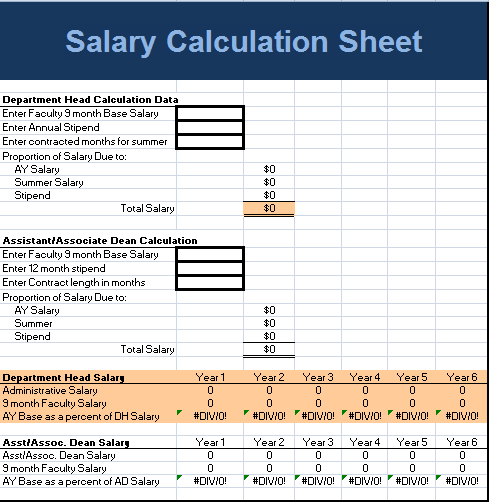
This, in turn, can impact profitability and provide a better picture of a business’s financial health. Sales returns involve products returned by customers, allowances are deductions due to product issues, and discounts are reduced prices for early payment or bulk purchases. A contra asset account, such as accumulated depreciation, reduces the balance of an asset. For example, a company may record accumulated depreciation to account for the wear and tear on its machinery or vehicles.
- The sales discounts account contains the amount of sales discounts given to customers, which is usually a discount given in exchange for early payments by them.
- Let’s consider a fictional example of a small clothing retail business called “StyleMart” to illustrate the use of contra revenue accounts in financial accounting.
- When a payment is received with the discount, the cash account is debited for the reduced amount, and sales discounts (a contra revenue account) is credited for the discount taken.
- Both of these accounts, having a debit balance, are subtracted from total sales to derive the net sales figure, offering a more refined and realistic representation of the revenue earned by the company.
- The most common contra type, contra assets, records the loss in value of any asset accounts listed in your general ledger.
- Auditors examine the policies and procedures a company has in place for recording contra revenue transactions, as well as the actual entries made.
So an Accumulated Depletion account would serve as the contra for the parent Fixed Asset account. Get instant access to video lessons taught by experienced investment bankers. Learn financial statement modeling, DCF, M&A, LBO, Comps and Excel shortcuts. Paul Boyce is an economics editor with over 10 years experience in the industry.
Understanding Contra Accounts
There are four key types of contra accounts—contra asset, contra liability, contra equity, and contra revenue. Contra assets decrease the balance of a fixed or capital asset, carrying a credit balance. The auditing of contra revenue accounts is an important process that ensures the integrity of financial reporting.
- The difference between an asset’s account balance and the contra account balance is known as the book value.
- While transactions may be recorded in one or more arrangements, the typical balance is a debit, contrasting with the usual credit balance in a standard sales account.
- These are not expenses incurred from operating activities but rather deductions from gross sales to arrive at net sales.
- Contra assets decrease the balance of a fixed or capital asset, carrying a credit balance.
- Double Entry Bookkeeping is here to provide you with free online information to help you learn and understand bookkeeping and introductory accounting.
As your business acquires new assets (e.g., machinery, office equipment, vehicles), you record the initial purchase value in your Fixed Asset account. But these items don’t retain that initial value; if liquidated, they would likely be sold at a loss. In order to record this ongoing value drop, you would use a corresponding contra account — an Asset Depreciation account. GAAP, the allowance for doubtful accounts represents management’s estimate of the percentage of “uncollectible” accounts receivable (i.e. the credit purchases from customers that are not expected to be paid).
Presentation of Contra Revenue
It includes items such as sales returns, discounts, and allowances that are deducted from gross sales to arrive at a company’s total net sales. In your income statement, the gross sales of $50,000 are offset by the sales returns and allowances of $1,000. When a contra asset account is first recorded in a journal entry, the offset is to an expense.
However, the fundamental principle is that the contra account is used to offset the related main account, providing a more nuanced view of the company’s financial position. Contra accounts are an essential component of the accounting process, designed to reflect the true value of assets, liabilities, equity, or revenue of a business. contra revenue They provide a more nuanced picture of a company’s finances, allowing stakeholders to make informed decisions based on realistic, transparent financial information. A contra account is an asset account that is kept at either a negative or zero balance and is used on a balance sheet to offset the positive balance of a paired asset.








